What is the tolerance range of precision screws?
What is the tolerance range of precision screws?
Service Hotline
+86760-8787 8587We have more than ten years of production experience in the screw industry, the main products are: half-tooth hex screws, KT board advertising display frame buckle rivets, metal galvanized bolts, flat-head knurled bolts, pure titanium screws, super long bolts, cylindrical pin positioning pins, 8.8 grade screws, plastic studs, hinged eye bolts, nylon PC board isolation column rivets, round nuts, plastic washer, PVC hard polyvinyl fluoride nuts, white zinc-plated fasteners gaskets and other fasteners, due to the product The materials and specifications are different, and the prices are also different. Please contact us if you need it.


1) Scope This standard specifies the lock nut (referred to as nut), the size of the locking device, technical requirements, acceptance rules and measurement methods. This standard applies to the design, production, inspection and user acceptance of nuts and locking devices for tapered bushings. 2) Terminology The terms used in this standard conform to the provisions of GB/T 6930. This standard specifies the marking system, index, test method and marking of the mechanical and working performance of the effective torque section steel hexagonal lock nut. This standard is applicable to coarse thread 6H class nuts made of carbon steel or alloy steel, the width across the sides conforming to the provisions of GB 3104, the nominal height is ≥ 0.8D, and the guaranteed load and effective torque need to be specified, and the thread diameter is 3 ~ 39mm. Except for the effective torque part, the thread size and tolerance are specified in GB 193, GB 196 and GB 197. The working temperature range of the nut should be in accordance with: All-metal nut without electroplating treatment: -50℃~+300℃. All-metal nuts with electroplating treatment: -50℃~+230℃; nuts embedded with non-metallic elements: -50℃~+120℃. This standard does not apply to nuts with special performance requirements (such as weldability and corrosion resistance). For stainless steel and non-ferrous metals with fine pitch lock nuts or thin nuts made of carbon steel or alloy steel, the performance indicators and test methods of effective torque specified in this standard may be adopted by mutual agreement.
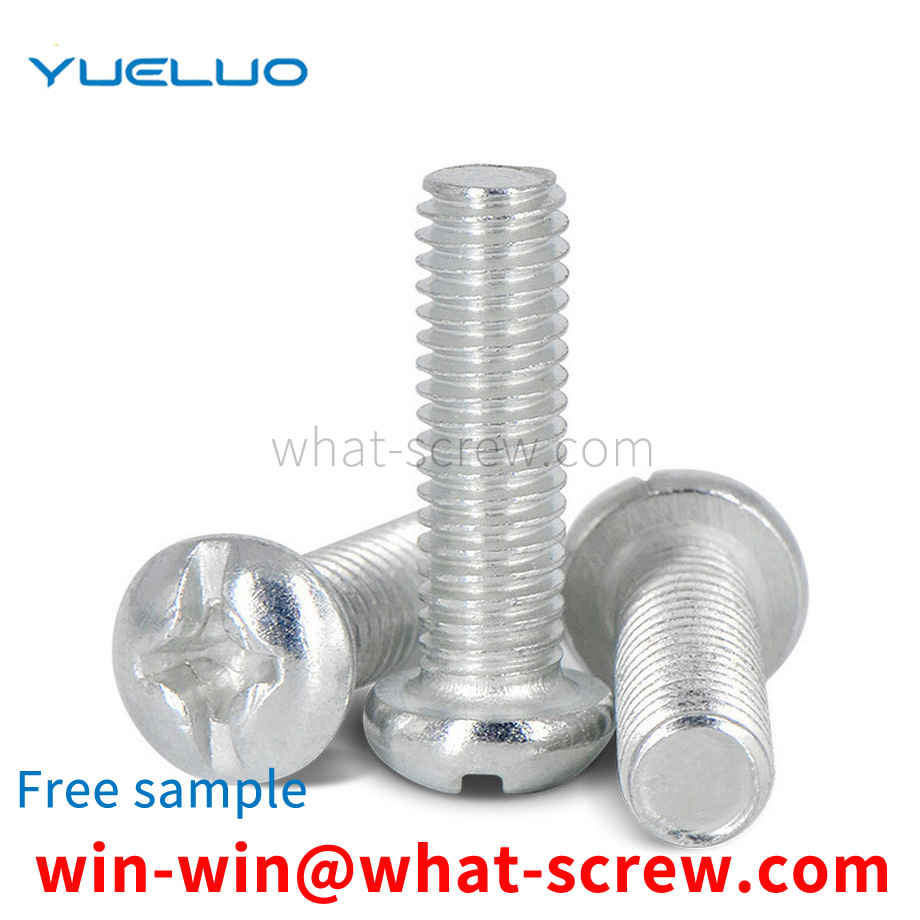
Screw, some people call it screw (screw), screw (screw rod). In fact, the screw is a general term, and the screw and the screw rod are different from each other. Screws are generally called wood screws; they are the ones with a pointed end at the front and a larger pitch. They are generally used to fasten wooden and plastic parts. The screw rod is a machine screw (machine screw), which is the kind of flat head at the front end. The pitch is small and uniform. It is generally used to fasten metal and machine parts.
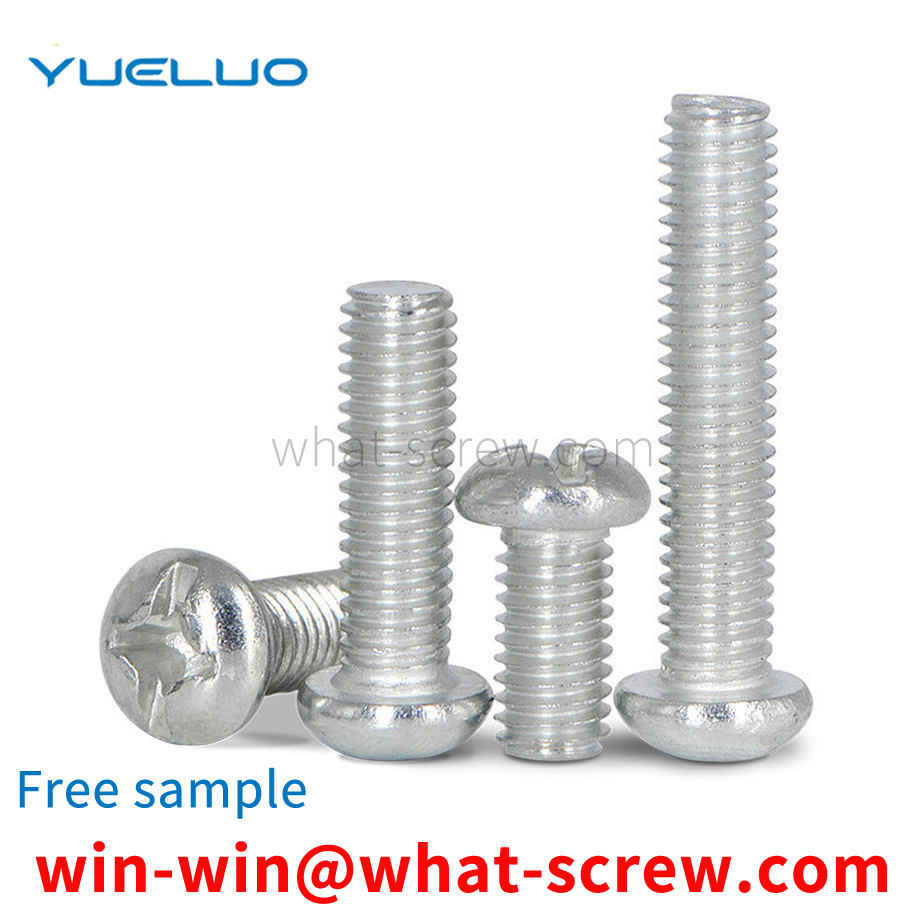
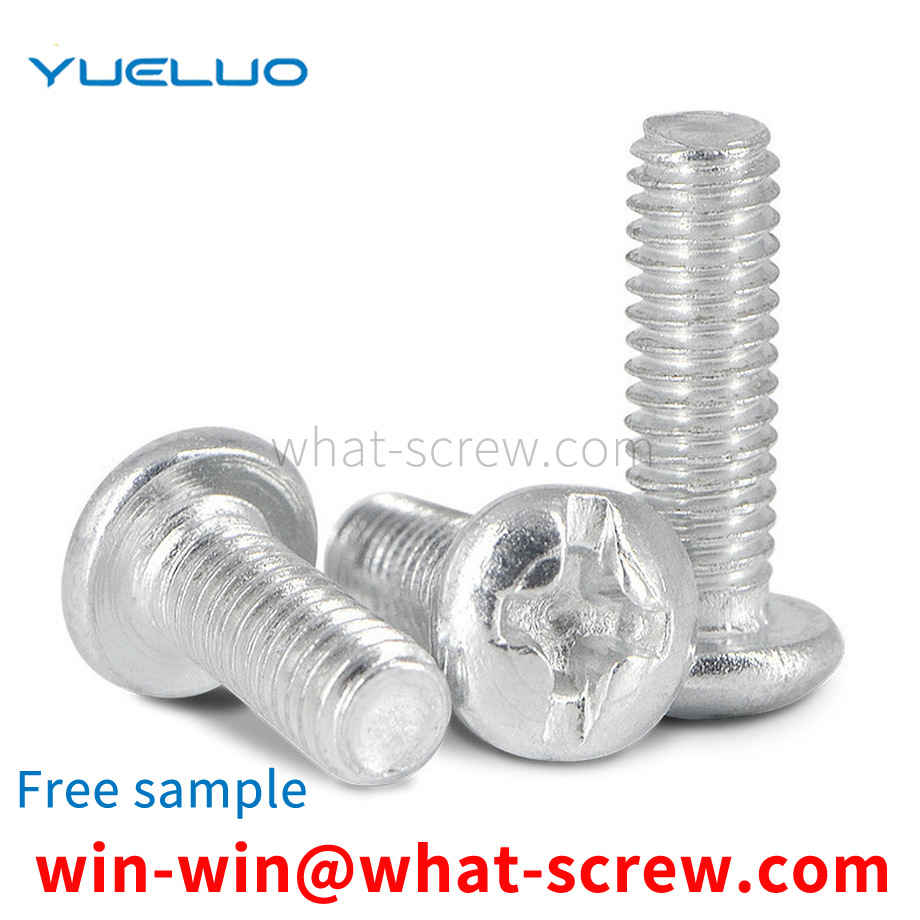
The manual dismantling of the rivets of the automobile frame delays the production cycle of the product and increases various production costs, so a special tooling is desperately needed to meet the actual needs.
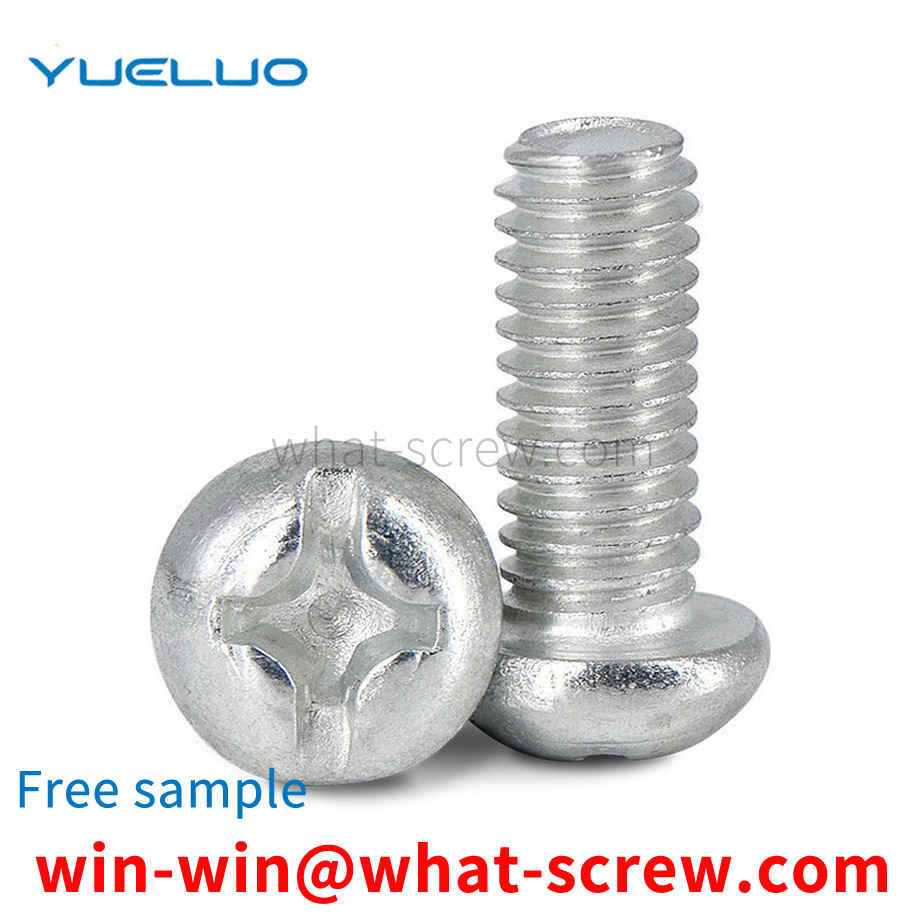
GBT 3098.19-2004 blind rivets in my country are divided into: GB/T12615 closed oblate head blind rivets; GB/T12616 closed countersunk head blind rivets; GB/T 12617 open type countersunk head blind rivets; T 12618 Open-type oblate head blind rivets; the international standard is DIN7337; there are 1990 versions and 2004. The 2006 version is mainly the 2006 version.
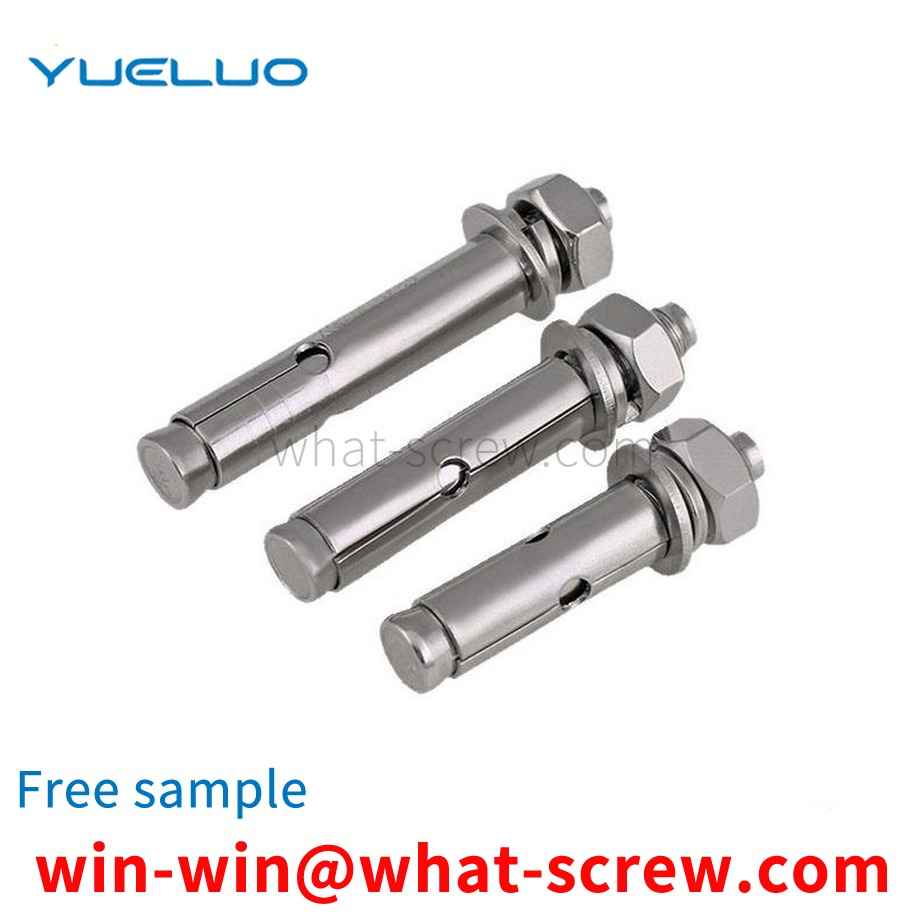
The above content is uploaded by Yueluo or the Internet. If there is any copyright issue, please contact [email protected].

What is the tolerance range of precision screws?

How to choose the right stainless steel screw manufacturer?

Why is there an R angle under the head of the hexagon head s...

We have more than ten years of production experience in the ...

We have more than ten years of experience in the production ...

We have more than ten years of experience in the production ...

We have more than ten years of experience in screw industry ...